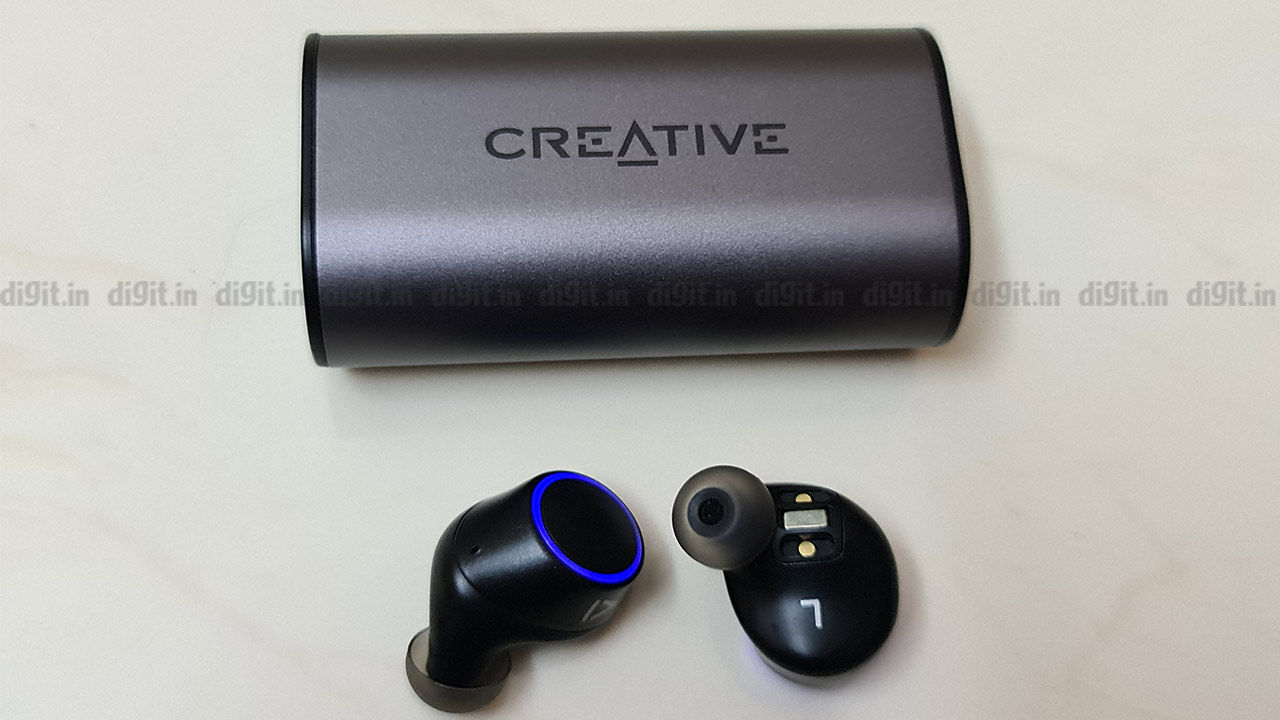

In the past, it was very clear what you meant when talking about a business’s corporate network. A few servers and PCs, a laptop or two, maybe a VOIP solution, all protected by a firewall. Remote work, where it existed, was relatively rare, and subject to heavy authentication.
Then the smartphone was born.
Suddenly, the network no longer ended outside an organization’s walls. Employees began working on their mobile devices, connecting to corporate resources not just from their home, but from the coffee shop, the train, the bus, and everywhere else. Demand for bandwidth surged, and the need for secure mobile access became more and more pressing for IT departments.
Cloud computing expanded the network even further. Now, an organization might not even use devices within its walls – applications, servers, and even networking infrastructure could be provided entirely by a third party. Today’s business network is therefore anything but concrete – a nebulous mishmash of smartphones and tablets, desktops, laptops, and cloud services and applications.
The Internet of Things – the coming surge of Internet-connected devices such as fridges, cars, and TVS – promises to make things even hazier. To call it overwhelming seems an understatement. How exactly can a single IT department secure such vast infrastructure?
It starts with choosing the right tools. First and foremost, you need to make sure your core hardware is protected against intrusion, through a service such as Liquid Web’s ServerSecurePlus. Once you can be certain that the data stored on your business’s servers is safe – and can be securely accessed by your staff – you can move on to the next stage: device management.
Ideally, you want your IT department equipped with the following capabilities:
- Quickly rescind or extend access to corporate resources such as files, applications, and servers.
- Wall off business data from personal data on employee devices to guard against data leakage.
- Easily add new devices to your network, and remove those devices once they are no longer part of the network.
- Monitor everything that happens to your business data and infrastructure in real-time.
- Bring in additional resources – bandwidth, processing power, etc. – as required.
- Secure wearable technology and IoT devices.
Some of this functionality is tied to enterprise mobility management tools – platforms and services designed to help you control your mobile infrastructure. Much of it, however, is tied to your web host. Be certain you make the right choice, and enlist with one that both gives you ownership of your data and does everything possible to protect it.
[ad_2]
Source link






